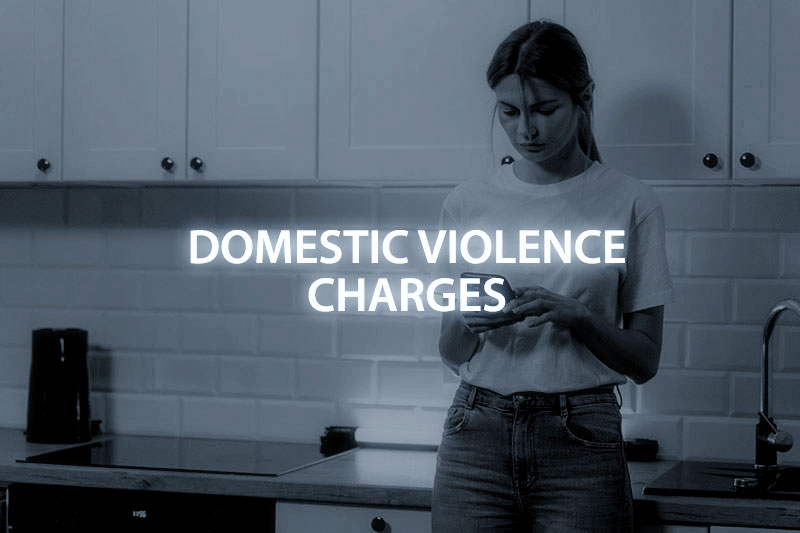DVROs serve as a vital mechanism in the fight against domestic violence, offering varying degrees of protection to ensure the safety of those in vulnerable positions. Understanding the types of DVROs and the legal processes involved is crucial for victims seeking relief and protection under the law. If you or someone you know is experiencing domestic violence, it's important to reach out to local resources for help and to consider legal protection options like a DVRO. Remember, you're not alone, and help is available.
The process of obtaining, contesting, or responding to a DVRO in California involves critical steps and legal nuances that must be followed meticulously. Whether seeking protection or defending against a DVRO, understanding deadlines, completing the correct paperwork, and following court protocol is essential. To navigate this process effectively, it's highly recommended that parties involved seek legal counsel to ensure their rights and interests are properly represented in court.
The intersection of DVROs with custody and visitation rights encapsulates a delicate balance between protecting victims of domestic violence and upholding the children's best interests. For parents navigating these waters, becoming informed about their rights and obligations, adhering to court orders, and seeking appropriate legal and emotional support are vital steps. Despite the challenges, it's important to remember that the primary goal is ensuring the safety and well-being of the children involved, guiding principles that the court also aims to uphold.

